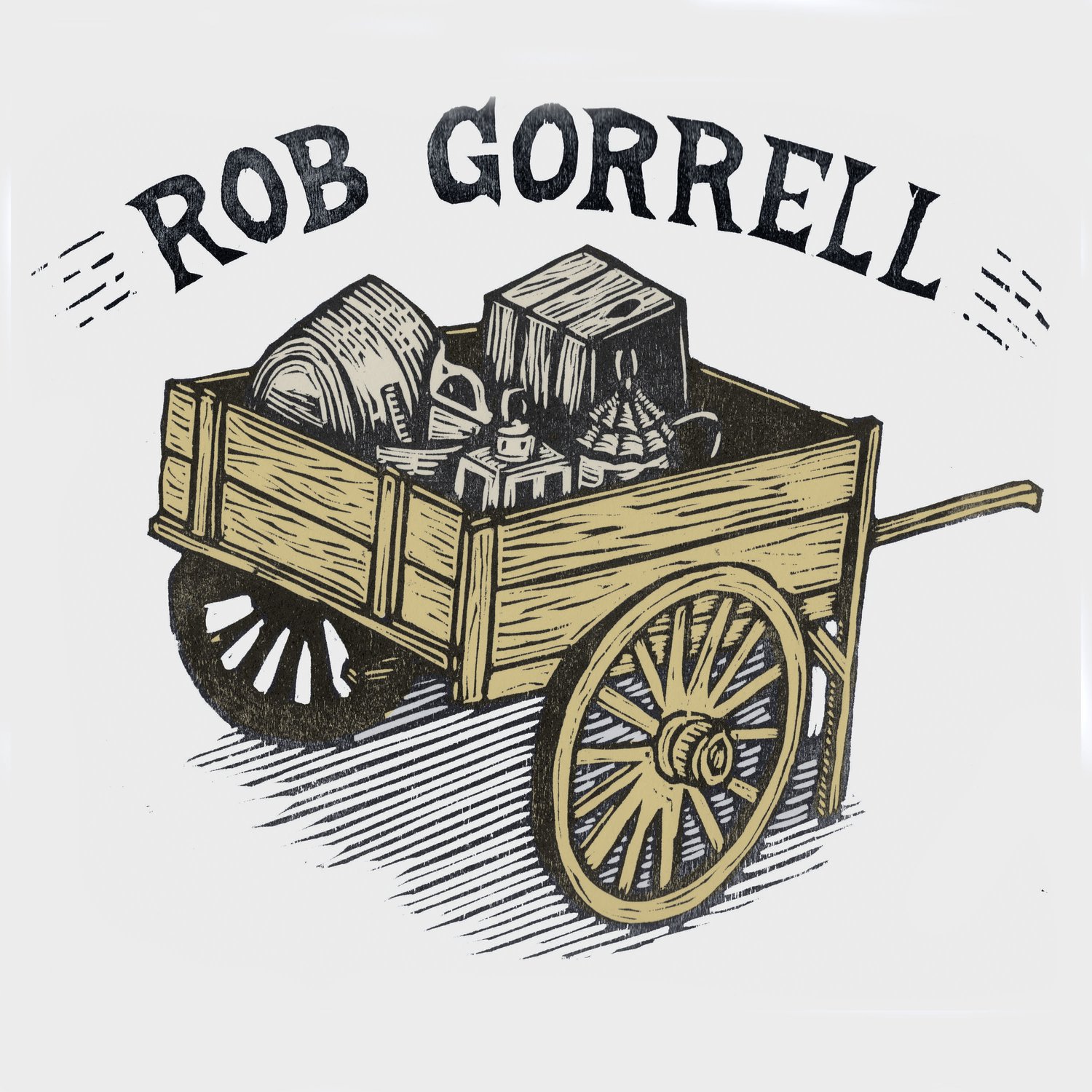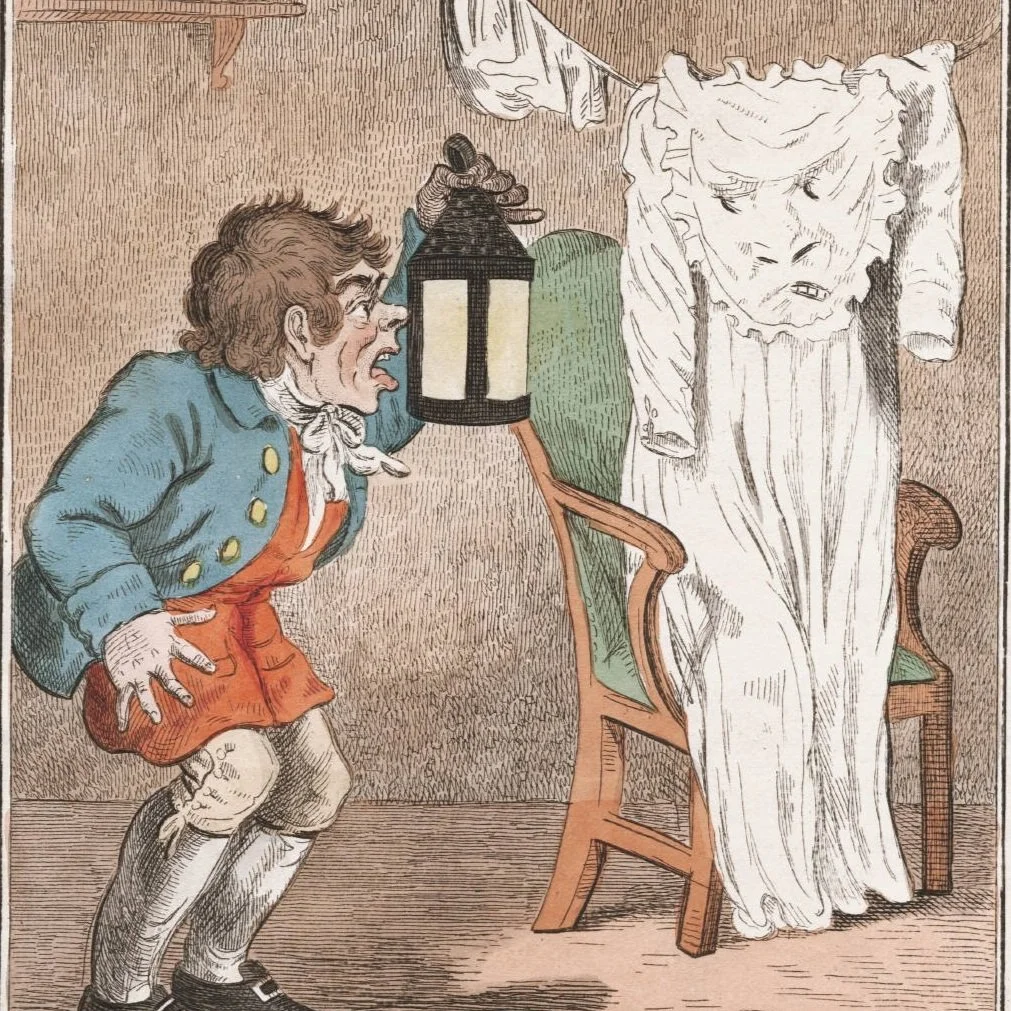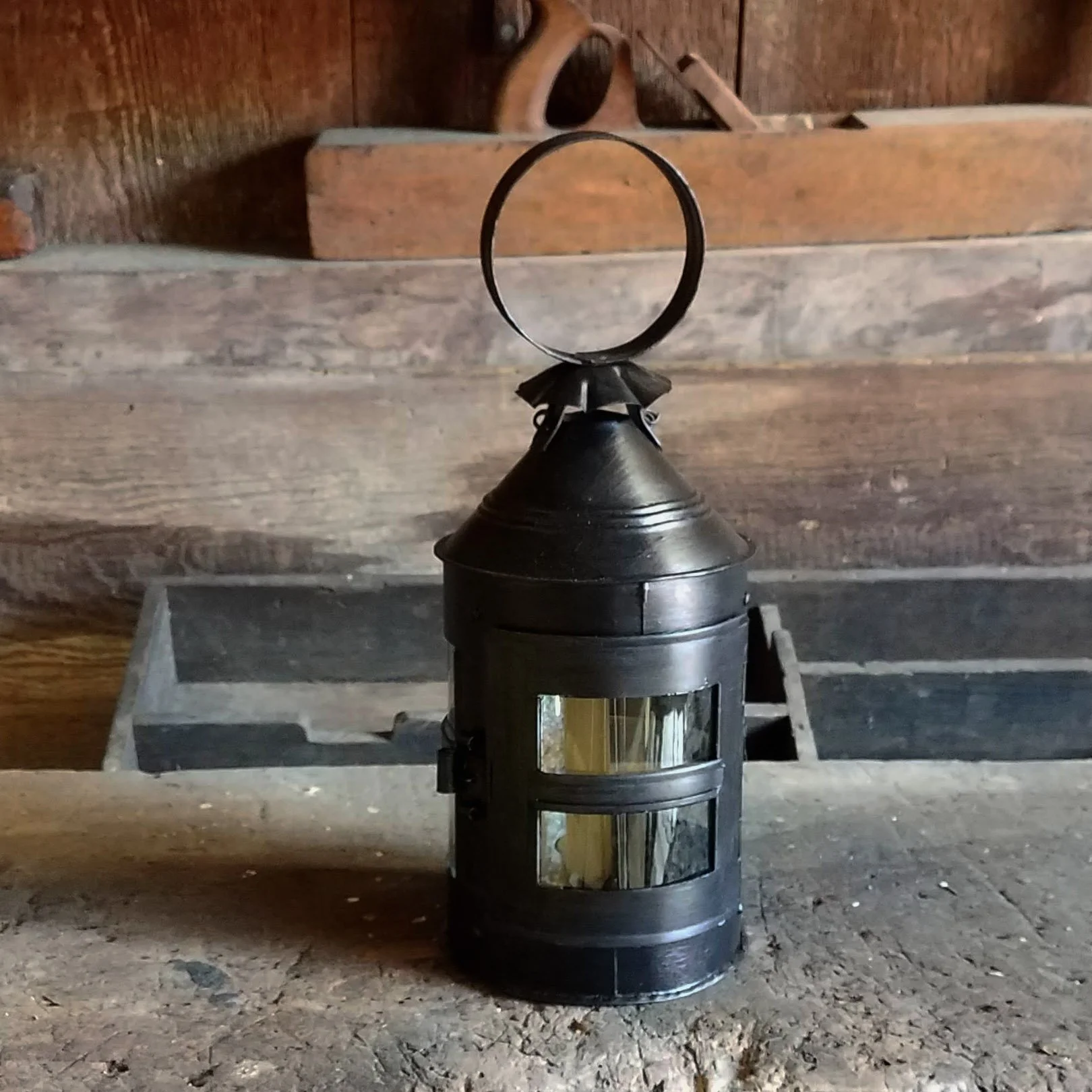But what about mica.
Today I want to talk about using mica for lantern panes? But before that, just a couple finishing thoughts on the horn panes discussed in the previous post.
Horn panes were much more common than glass in early lanterns. For example, when the Mary Rose (1545) was recovered 18 lanterns with horn panes were recovered. No glass-paned lanterns were found (Hildred, 60-62). Another example from a shipwreck is the 1588 wreck of La Trinidad Valencera where half the lanterns had horn panes and the rest had waxed linen panes, no glass (Martin, 9-10). I am assuming that these were all round lanterns also.
Another option for panes in traditional tin lanterns is mica, also known as Isinglass and muscovite. However, do not confuse mica/isinglass for isinglass fish gelatin. Totally different….
Mica sheets for lantern windows were known since the 15th century. Both mica and selenite were called talc in the period. The talc panes were impervious to flame but very fragile. Lanterns with talc panes were well known in the 17th century. Sheets of mica up to four square feet could be mined (Caspall, 225). Mica, know as “Muscavoy Glass” became available in England in the 16th century.
Information on, and examples of mica in lanterns is scarce, and I am continuing to look for more information on the subject. I use two types of mica in my round lanterns as a substitute for horn panes; natural sheets of true mica, and “Lampshade Mica”. The natural mica panes are the same mica sheets that are sold as replacement panes for wood-burning stoves. They can be clear or spotted and are very thin. They resemble the old transparency films for those of us of a certain age. I usually put two layers of natural mica panes in a tin lantern to give the mica a little strength. The lampshade mica is a commercially available product that is made from flakes of natural mica that are mixed in a resin and produced in large flat sheets. The nice thing about the lampshade mica is that it can be heated and easily molded over a mandrel. The lampshade mica gives a decent version of a weathered horn pane look, not perfect, but available.
Here are examples of my lanterns with the three options for mica panes:
If you have any questions about the different options for panes in my hand-made traditional round tin lanterns please contact me. You can see all of my lanterns in my website store and on the socials.
Hildred, Alex. “The material culture of the Mary Rose (1545) as a fighting vessel: the uses of wood”. Pp 51-72 in Artifacts from Wrecks: dated assemblages from the Late Middle Ages to the Industrial Revolution, Mark Redknap, editor. Oxbow Books. 1997.
Martin, Gina & Lois Tucker, American Painted Tinware, A Guide to its Identification, Vol 1, Historical Society of Early American Decoration Inc, NY, 1996.




